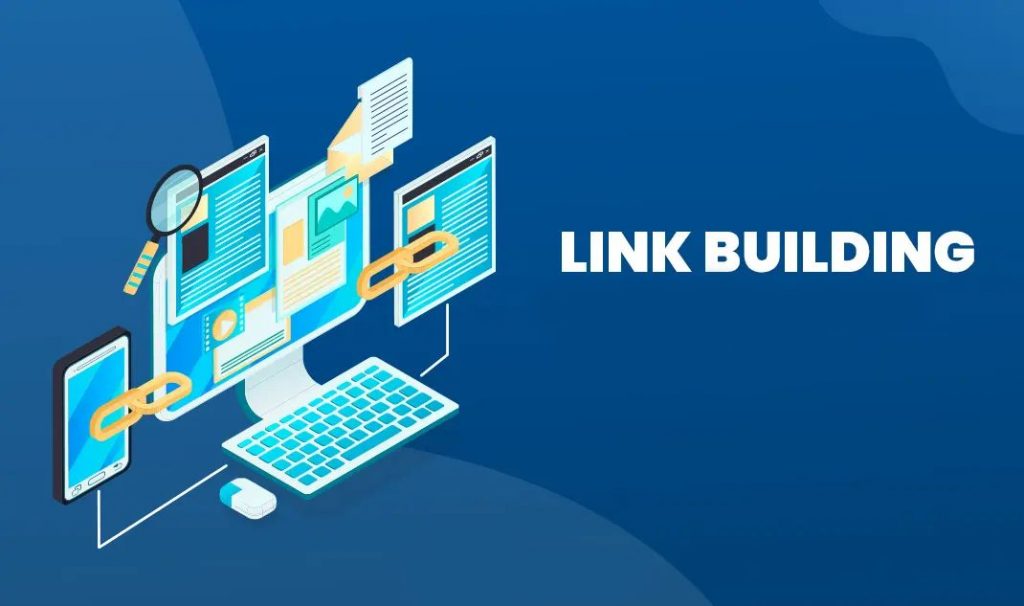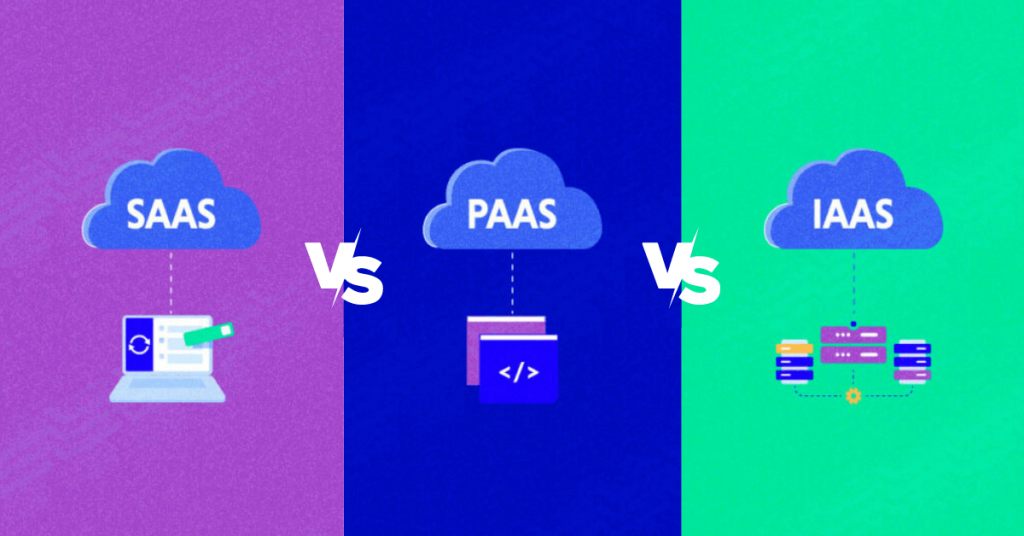So you’ve decided to dive into the exciting world of SaaS SEO, huh? Well, buckle up and get ready to avoid these ten all-too-common SaaS SEO mistakes that can tank your rankings faster than you can say “algorithm update.”
We all know how search engine optimization (SEO) plays a crucial role in the success of SaaS businesses. By optimizing your website for search engines, you can improve your online visibility, attract organic traffic, and generate more leads and conversions.
However, many SaaS companies make common SEO mistakes that hinder their growth and prevent them from reaching their full potential. In this blog post, we will explore the top 10 most common SaaS SEO mistakes to avoid in 2025.
By understanding and rectifying these mistakes, you can enhance your SEO strategy and drive better results for your business. But before that let’s look at the importance of SaaS SEO for better understanding.
Why is SEO important for SaaS?
SEO (Search Engine Optimization) is important for SaaS (Software as a Service) companies for several reasons:
1. Increased Visibility:
SEO helps SaaS companies improve their visibility in search engine results. When potential customers search for keywords related to their SaaS product, a well-optimized website is more likely to appear higher in the search results, leading to increased organic traffic.
2. Organic Traffic and Lead Generation:
SEO can drive organic traffic to a SaaS website, which can be a valuable source of leads. Organic traffic refers to visitors who find the website through search engines, without the need for paid advertising. By targeting relevant keywords and optimizing their website content, SaaS companies can attract a steady stream of qualified prospects interested in their software solution.
3. Cost-Effective Marketing:
Compared to other forms of marketing, such as paid advertising, SEO can provide a cost-effective long-term strategy. While SEO efforts may require an upfront investment in terms of time and resources, the ongoing benefits can be substantial. Once a SaaS website starts ranking well for targeted keywords, it can continue to generate organic traffic and leads without ongoing expenses.
4. Brand Credibility and Trust:
A strong SEO presence can contribute to the overall credibility and trustworthiness of a SaaS company. When a website appears prominently in search results, it gives the impression that the company is reputable and trustworthy. Users often associate top search rankings with industry authority and expertise, which can positively impact a SaaS brand’s reputation.
5. Competitive Advantage:
In a competitive SaaS market, SEO can provide a significant competitive advantage. By optimizing their website and content, SaaS companies can outrank competitors and capture a larger share of organic traffic. This increased visibility can lead to more sign-ups, conversions, and ultimately, a stronger market position.
6. Long-Term Sustainability:
Investing in SEO is a long-term strategy that can yield sustainable results. Unlike some short-term marketing tactics, SEO focuses on creating valuable and relevant content, improving website structure and user experience, and building high-quality backlinks. These efforts can have a compounding effect over time, leading to a stronger online presence and continued organic traffic.
Overall, SEO is important for SaaS companies because it improves visibility, drives organic traffic and leads, provides a cost-effective marketing approach, builds brand credibility, offers a competitive advantage, and ensures long-term sustainability in a highly competitive market.
Now let’s jump to our core topic SaaS SEO mistakes that you are waiting for.
10 Most Common SaaS SEO Mistakes To Avoid For Growth
Here we have listed the most common SaaS SEO mistakes that every SaaS company makes often. By understanding these pitfalls and implementing the right strategies, you can optimize your SaaS website, attract more qualified leads, and stay ahead of the competition in the ever-evolving digital landscape.
1. Neglecting Keyword Research
One of the fundamental mistakes made by SaaS businesses is neglecting proper keyword research. Keyword research is the foundation of SEO and helps you identify the search terms and phrases your target audience is using to find products or services like yours.
To conduct effective keyword research, leverage keyword research tools such as Google Keyword Planner, SEMrush, or Ahrefs. These tools provide valuable insights into search volume, competition, and related keywords. By identifying relevant keywords and search trends, you can optimize your website’s content and metadata accordingly.
Common mistakes to avoid in keyword research include relying solely on broad or generic keywords, ignoring long-tail keywords, and failing to analyze the search intent behind specific keywords. By avoiding these mistakes, you can better target your audience and increase the likelihood of ranking higher in search engine results.

2. Poor On-Page Optimization
On-page optimization refers to optimizing the elements on your web pages to improve their visibility and relevance in search engine rankings. Unfortunately, many SaaS businesses overlook this crucial aspect of SEO, resulting in missed opportunities for higher organic rankings.
To avoid poor on-page optimization, start by optimizing your title tags, meta descriptions, and heading tags. These elements should include relevant keywords and accurately describe the content on the page. Additionally, ensure that your URLs are concise and descriptive.
Another common mistake is neglecting internal linking. Internal links help search engines understand the structure and hierarchy of your website while providing users with a seamless navigation experience. Incorporate relevant internal links throughout your content to improve crawlability and user engagement.
Remember, effective on-page optimization involves creating unique and valuable content that aligns with your target audience’s search intent. By optimizing these on-page elements, you can enhance your website’s visibility and increase the likelihood of attracting qualified organic traffic.
3. Ignoring Mobile Responsiveness
With the exponential growth of mobile device usage, optimizing your website for mobile responsiveness is no longer optional. Search engines prioritize mobile-friendly websites in their rankings, as user experience on mobile devices has become a critical factor in SEO.
Ignoring mobile responsiveness is a grave mistake that can negatively impact your search rankings and user engagement. Ensure that your website is fully optimized for mobile devices by adopting a responsive design. A responsive design automatically adjusts the layout and content of your website based on the user’s device, providing a seamless experience across different screen sizes.
Common mobile optimization mistakes include using non-responsive design frameworks, having slow page load times on mobile, and neglecting mobile-specific user experience elements such as touch-friendly buttons and readable font sizes. By avoiding these mistakes, you can improve your website’s mobile performance and gain an edge in search rankings.

4. Lack of Quality Content
Content is the backbone of any successful SEO strategy. However, many SaaS businesses fall into the trap of creating mediocre or irrelevant content, which hampers their organic visibility and user engagement.
To avoid this mistake, focus on producing high-quality, informative, and engaging content that resonates with your target audience. Conduct thorough research to understand your audience’s pain points, challenges, and informational needs. Address these needs through blog posts, articles, case studies, and other content formats.
Ensure that your content is well-structured, easily scannable, and optimized for relevant keywords. Incorporate visual elements such as images, infographics, and videos to enhance user experience and make your content more shareable. By consistently delivering valuable content, you can establish your brand as an industry thought leader and attract organic traffic to your website.
5. Overlooking Technical SEO
Technical SEO focuses on optimizing the technical aspects of your website to improve its crawlability, indexability, and overall performance. Unfortunately, many SaaS businesses overlook technical SEO, which can hinder their organic visibility and user experience.
To avoid technical SEO mistakes, regularly conduct website audits to identify and address issues such as broken links, duplicate content, and slow page load times. Optimize your website’s XML sitemap to ensure search engines can easily crawl and index your pages.
Implement structured data markup to provide search engines with additional information about your content, enabling them to display rich snippets in search results. Furthermore, optimize your website’s robots.txt file to control search engine access to specific pages or directories.
Another critical aspect of technical SEO is optimizing your website’s security and performance. Ensure that your website has an SSL certificate installed to establish a secure connection with users. Optimize your website’s speed by compressing images, minifying CSS and JavaScript files, and leveraging browser caching.
By paying attention to technical SEO, you can enhance your website’s performance, crawlability, and user experience, ultimately leading to improved search rankings and organic traffic.
6. Poor Link Building Strategies
Link building remains an essential aspect of off-page SEO for SaaS businesses. However, many companies adopt poor link-building strategies that can have detrimental effects on their SEO efforts.
When it comes to link building, quality matters more than quantity. Avoid the mistake of pursuing low-quality or spammy backlinks. Instead, focus on acquiring high-quality backlinks from authoritative websites within your industry. These backlinks not only pass link equity but also establish your website’s credibility in the eyes of search engines.
Developing relationships with influencers and industry experts can be an effective link-building strategy. Collaborate on guest blog posts, interviews, or expert roundups to earn backlinks and increase your brand’s visibility.
Another common mistake is neglecting internal link-building. Internal links not only aid in website navigation but also distribute link equity across your web pages. Incorporate relevant internal links within your content to enhance user experience and improve search engine visibility.
By adopting effective link-building strategies, you can strengthen your website’s authority, improve search rankings, and drive targeted organic traffic.

7. Neglecting Local SEO
If your SaaS business serves a specific geographic area or targets local customers, neglecting local SEO is a significant mistake. Local SEO helps businesses appear in search results for location-based queries and drives relevant traffic to your website.
To avoid this mistake, claim and optimize your Google My Business (GMB) listing. Ensure that your NAP (name, address, phone number) information is consistent across all online directories and citations. Encourage customers to leave reviews on your GMB listing to build trust and credibility.
Optimize your website’s content and metadata for local keywords by including city names, regions, or other location-specific terms. Leverage schema markup to provide search engines with structured data about your business, such as operating hours, reviews, and addresses.
Additionally, create localized content such as blog posts, landing pages, or case studies that cater to the needs and interests of your local audience. Promote your business through local directories, community websites, and social media channels.
By implementing effective local SEO strategies, you can increase your visibility in local search results, attract qualified leads, and drive more conversions.
8. Ignoring User Experience (UX) Signals
Search engines increasingly consider user experience signals when determining search rankings. Ignoring user experience can lead to poor engagement metrics and a decrease in organic visibility.
To avoid this mistake, prioritize user experience by ensuring your website is visually appealing, easy to navigate, and fast-loading. Optimize your website’s design for intuitive user interactions and seamless browsing across different devices.
Consider implementing interactive elements such as chatbots, quizzes, or calculators to engage users and provide them with personalized experiences. Focus on improving website accessibility to cater to users with disabilities and diverse needs.
Another crucial aspect of user experience is optimizing page speed. Slow-loading websites frustrate users and result in higher bounce rates. Compress images, minify CSS and JavaScript files, and leverage browser caching to enhance your website’s performance.
By prioritizing user experience, you can improve engagement metrics, reduce bounce rates, and increase the chances of higher search rankings.
9. Neglecting Analytics and Data Analysis
Analytics and data analysis are essential for making informed decisions and measuring the effectiveness of your SEO efforts. Neglecting data analysis can prevent you from understanding your audience, identifying areas for improvement, and optimizing your SEO strategy.
To avoid this mistake, regularly analyze key SEO metrics such as organic traffic, conversion rates, bounce rates, and keyword rankings. Utilize tools like Google Analytics and Google Search Console to gather valuable insights into user behaviour, search queries, and website performance.
Track the performance of specific landing pages and monitor how they contribute to conversions and revenue. Identify pages with high bounce rates or low engagement metrics and optimize them to improve user experience and encourage conversions.
Additionally, utilize A/B testing to experiment with different SEO strategies and measure their impact on key performance indicators. By leveraging data analysis, you can make data-driven decisions, refine your SEO strategy, and achieve better results for your SaaS business.
10. Failing to Adapt to Algorithm Updates
Search engine algorithms are continuously evolving, which can impact your search rankings and overall SEO performance. Failing to adapt to algorithm updates is a common mistake made by SaaS businesses.
To avoid this mistake, stay informed about algorithm updates by following reputable SEO blogs, attending industry conferences, and engaging in online communities. Understand the changes and updates implemented by search engines and adapt your SEO strategy accordingly.
Keep up with the latest SEO best practices, algorithmic trends, and emerging technologies. Experiment with new techniques such as voice search optimization, video SEO, or structured data implementation to stay ahead of the curve.
Regularly monitor your website’s performance and conduct audits to identify any potential issues caused by algorithm updates. Analyze your organic traffic, rankings, and engagement metrics to gauge the impact of algorithm changes on your SEO efforts.
By remaining adaptable and proactive in response to algorithm updates, you can ensure your SaaS business stays competitive in the ever-changing SEO landscape.
Conclusion – SaaS SEO Mistakes
Avoiding these common SaaS SEO mistakes in 2023 is crucial for achieving success and maximizing the potential of your online presence. By conducting thorough keyword research, optimizing on-page elements, prioritizing mobile responsiveness, creating quality content, focusing on technical SEO, adopting effective link-building strategies, optimizing for local SEO, enhancing user experience, leveraging data analysis, and adapting to algorithm updates, you can build a strong foundation for your SaaS business’s SEO strategy.
Keep in mind that SEO is an ongoing process, and staying up-to-date with the latest trends and best practices is essential for long-term success. By implementing these strategies and avoiding the mentioned mistakes, you can drive organic traffic, improve search rankings, and achieve your business goals in 2025and beyond.

